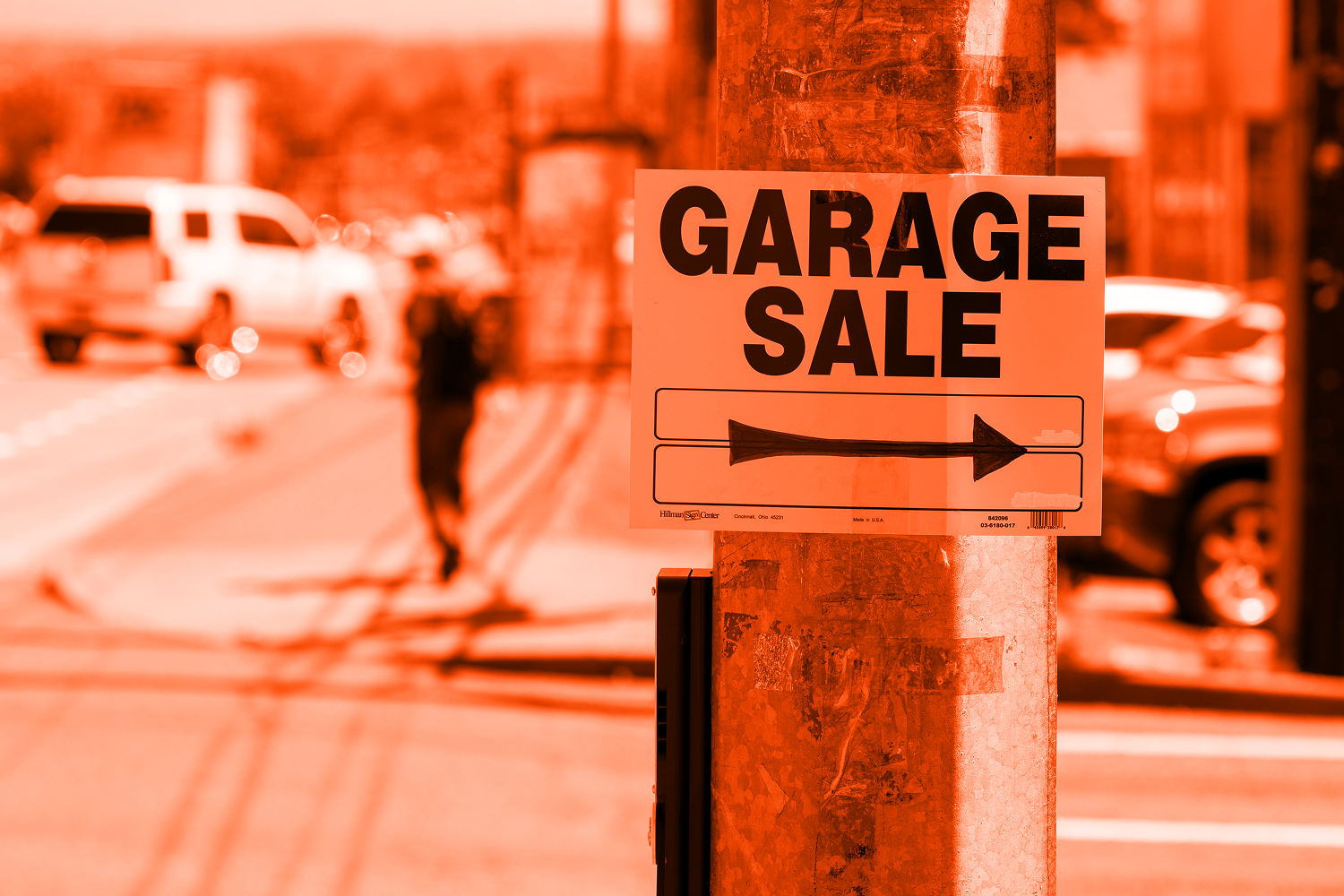9 expert tips for tag-sale triumph
The community yard sale is the new superstore

Sign up and save the world
The one5c newsletter delivers our best tips right to your inbox
Summer has always been garage sale season, but this year they’re having a major moment. Amid growing awareness of the environmental costs of overconsumption and economic uncertainty, our collective ap……

